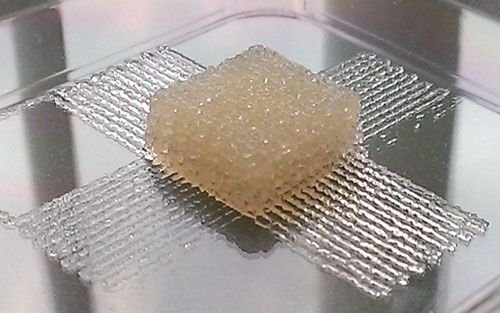Sep 3, 2015
‘Ear-in-a-dish’ technology developed
Posted by Shailesh Prasad in categories: biotech/medical, innovation
Auricyte LLC, an Indiana University startup that aims to cure hearing loss by growing human stem cells into functioning hearing cells, is among five companies being honored Thursday for being named “Best in Show” at the recent Innovation Showcase 2015.
Auricyte, an Indiana University startup that aims to cure hearing loss by growing human stem cells into functioning hearing cells, was named among the five top companies at Innovation Showcase 2015.

















